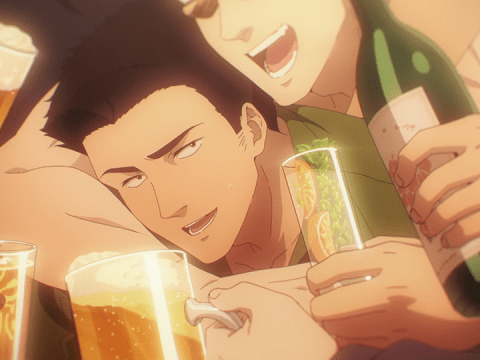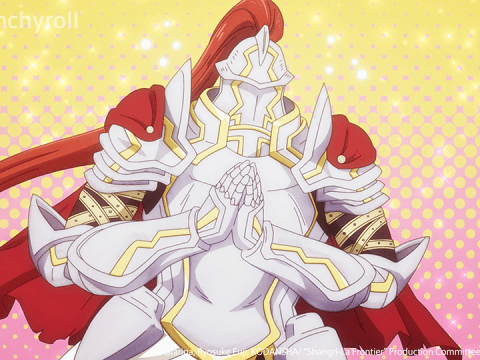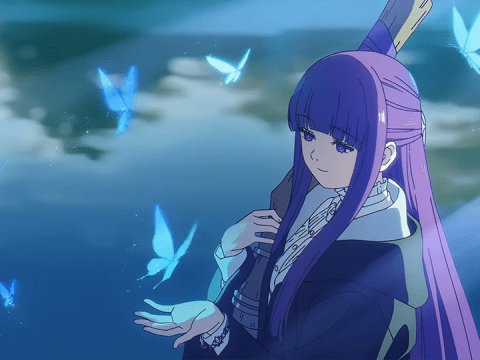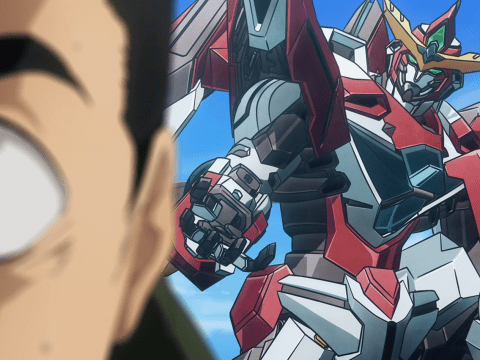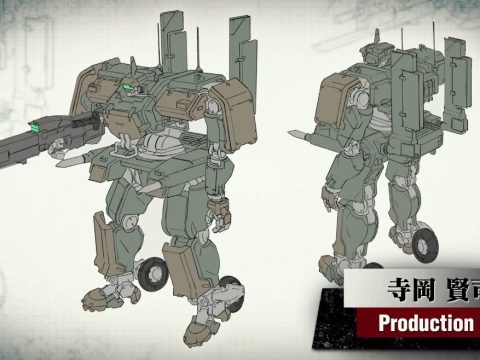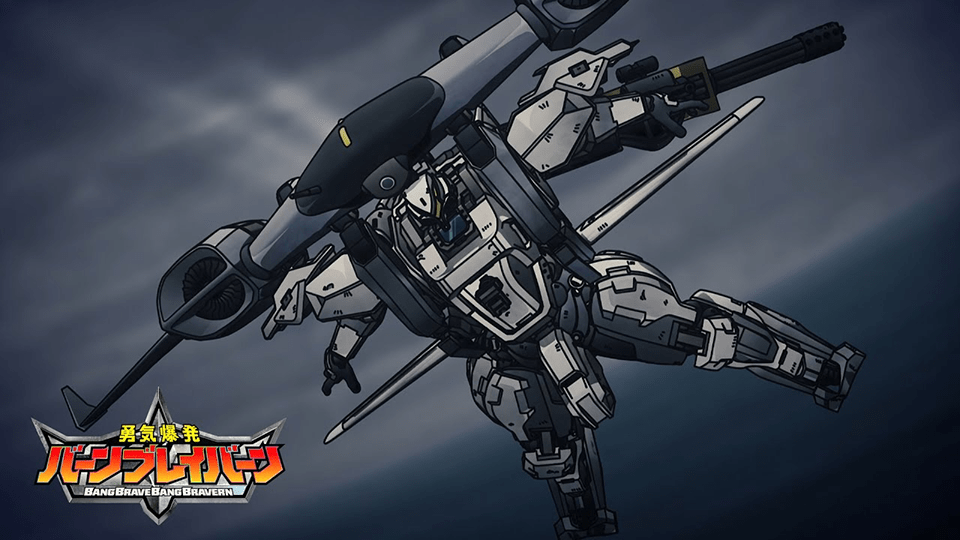
Note: If you intend to watch Brave Bang Bravern! but haven’t seen at least the first episode yet, stop reading now. Seriously. Trust us. Get at least episode 1 under your belt, then come back. If you’re already caught up, then read on. But it’s worth it to experience that debut episode for yourself.
Done? Okay, great. Because we’re here to talk about that beautiful bait-and-switch: the fact that Masami Obari’s new military mecha anime is actually a full-on, self-aware brave show. For a certain subsection of mecha anime fans, this is a dream come true. For a lot of the rest of you, those words don’t mean a thing. But don’t worry: we’re here to help. Because this season’s giant robot epic is worth digging into — both in and of itself and because of what it pays tribute to.
The Director
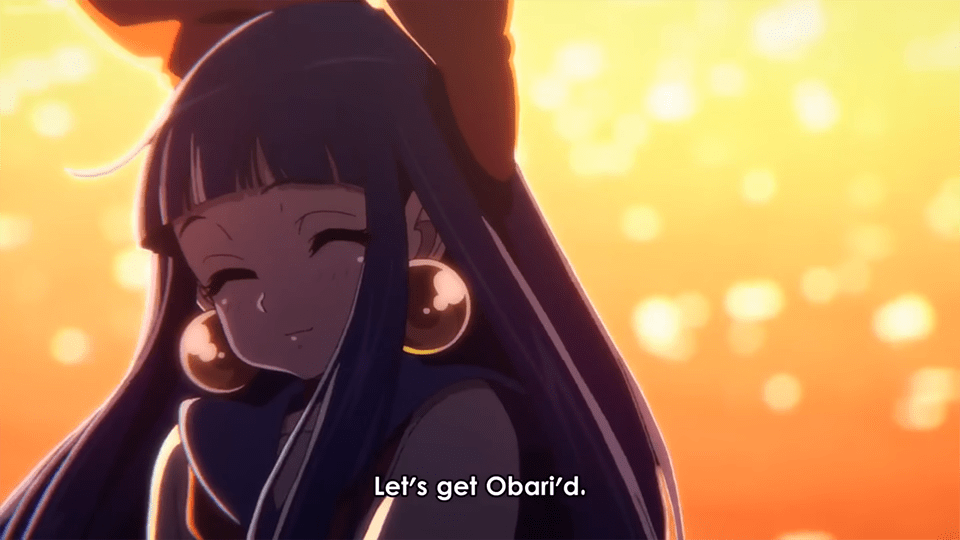
First off, let’s talk about the man himself: Masami Obari. The director of Bang Bravern is a legend in the world of anime, and doubly so in the world of mecha anime. If you ever need big, bold super robots in an episode of your series (like, say, that one episode of Smile Precure), you call him. Heck, Pop Team Epic called him in to direct a parody of his own work. He’s done key animation for every major robot franchise from Macross to Gundam, and he regularly works on the Super Robot Wars franchise.
His trademark dynamic poses and heroic designs are unmistakable once you’ve seen them a couple of times. And they’re reminiscent of Sunrise’s brave shows, many of which he worked on back in the day. If you know, you know. But if you don’t, let’s do a quick crash course in brave shows.
The Key to Victory
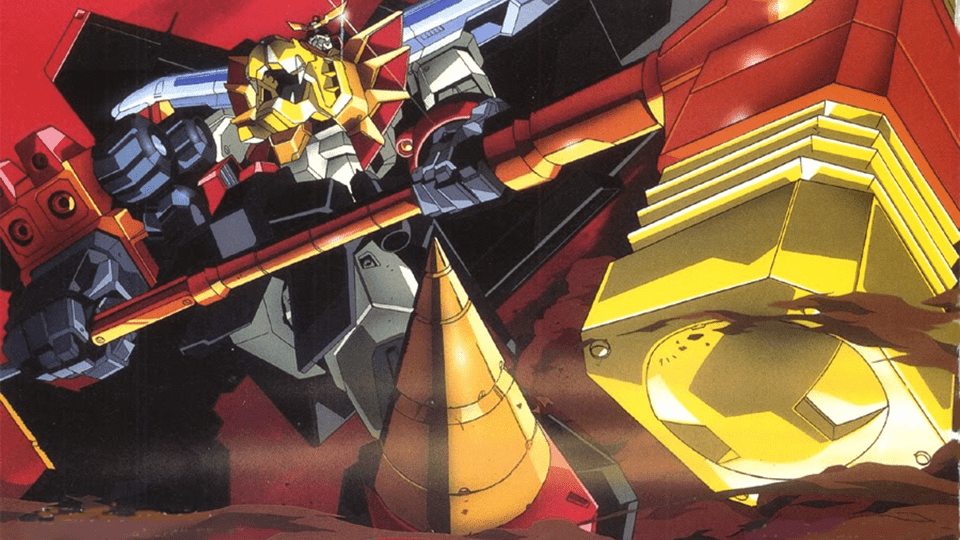
Remember Transformers? It was just as popular in Japan as it was in the US… at least for a while. By the late 1980s, Toei and Takara Tomy were at odds about whether to continue the franchise after a recent dip in popularity. So Takara went to Sunrise to start a new transforming robot franchise. The result was Sunrise’s brave (or yuusha) series, starting with Brave Exkaiser. Like Transformers, Exkaiser starred a sentient transforming robot who needed the help of plucky, heroic kids to save the world.
As the franchise progressed, two things happened. Firstly, it revitalized the super robot genre to a degree unseen since before Gundam and other “real robot” shows took the stage. Secondly, its dedication to simpler, kid-centric stories fell away. By 1997’s The King of Braves: GaoGaiGar, the franchise was still selling toys and introducing kid heroes. However, the stories were more complex and occasionally darker. And while there have been manga, light novels, and unofficial brave-series installments, the franchise was effectively laid to rest.
A Hero Is Born
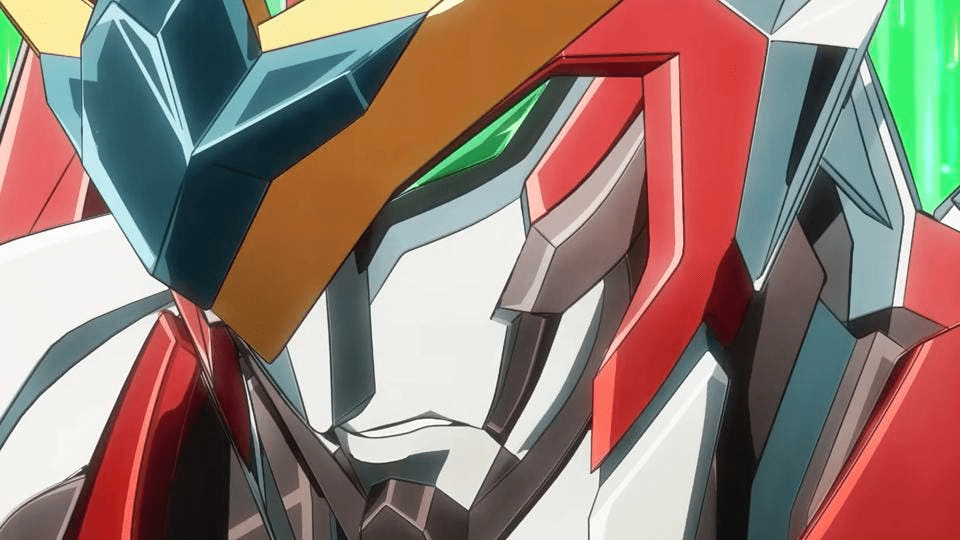
Until Bang Bravern. While it’s made at Cygames rather than Sunrise, Obari’s new creation carries the brave spirit with it. And, it seems, will be interrogating that same spirit.
Bravern, our sentient alien robot hero, acts just as you’d expect a robot in a brave series to act. The human protagonist is his best friend (although Bravern isn’t all that concerned about phrasing as he describes what it’s like to be piloted). Military red tape means nothing in the face of his straightforward goal: bad aliens are coming, and only Bravern and his bestie can stop them. It’s what every ten-year-old dreams of, but the grown-up Isami is downright terrified. That said, Bang Bravern doesn’t seem to be mocking the brave shows so many of us love; just recontextualizing them against the backdrop of adulthood. We can’t wait to see what this series has in store for us.
At the moment, GaoGaiGar is the only brave series licensed in the US. (And yep, Obari did some work on it!) If you want a better idea of Bang Bravern‘s roots, you should absolutely give it a watch. And if you want more, pick up Super Robot Wars 30—it has units from both GaoGaiGar and J-Decker!


